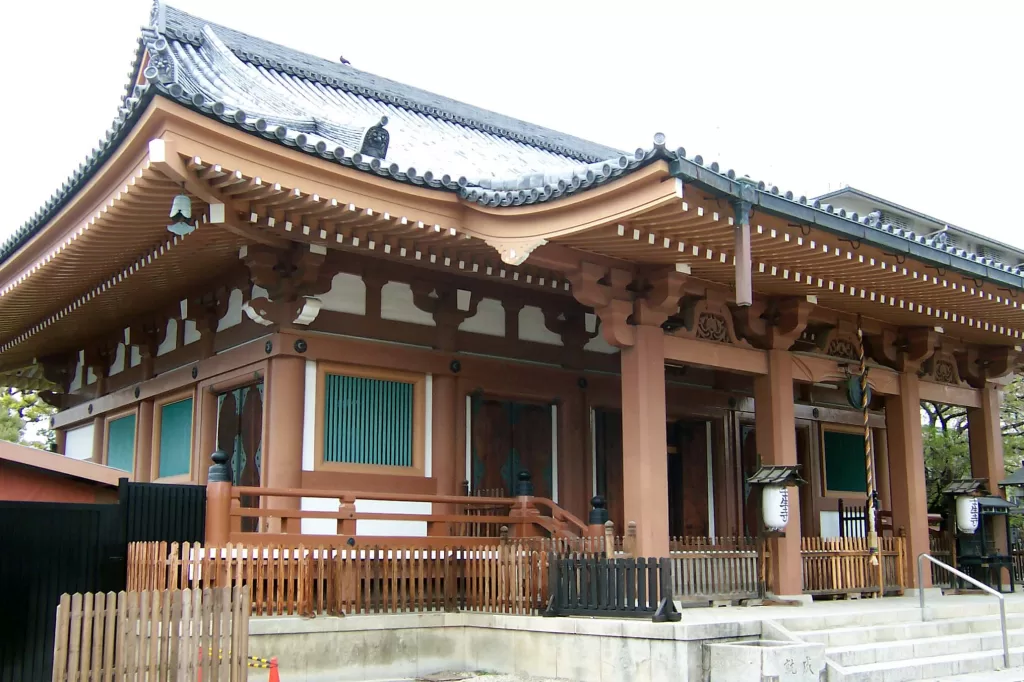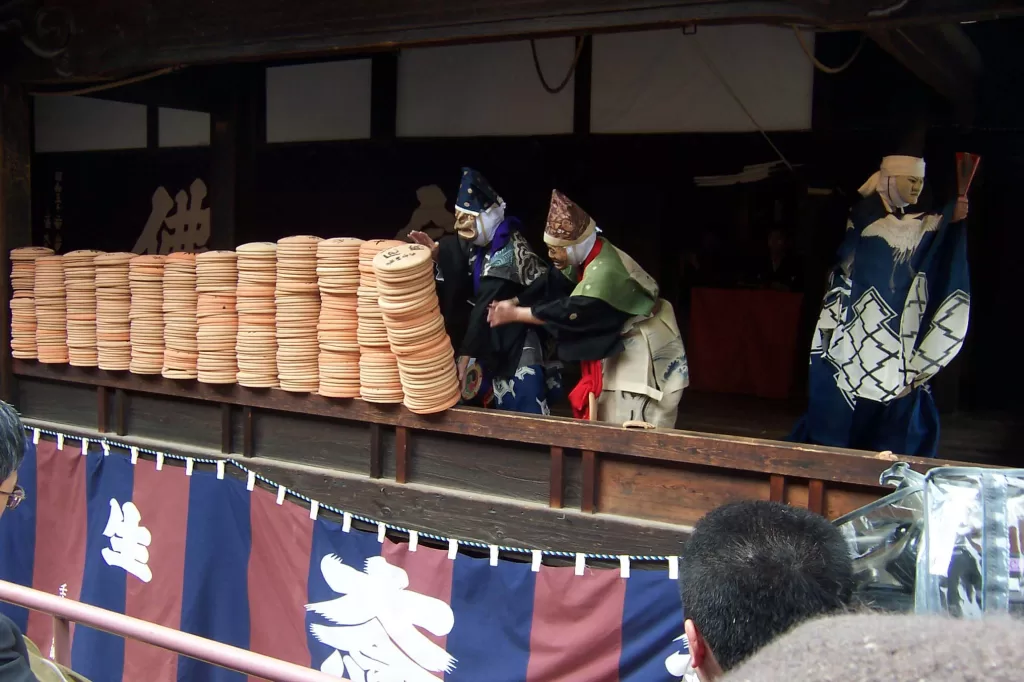Mibu-Dera Temple Setsubun Yakuyoke Ceremony Continues Respected Tradition

Over 900 Years of Tradition
Honouring a tradition that spans over 900 years, the Setsubun Festival at Mibu-Dera Temple is one of Japan’s most revered annual events. Initiated under the request of Emperor Shirakawa, the festival incorporates various cultural and religious customs that reflect deeply on the values and beliefs held by the Japanese populace. Among these are practices related to praying for good health and warding off misfortune and calamities (Yakuyoke).

Unique Practices at Mibu-Dera Temple’s Setsubun Festival
One of the notable ceremonies carried out during the Mibu-Dera Temple’s Setsubun Festival is Kyogen, a traditional Japanese theater performance. This year, the festival will span from February 2nd to 4th and will feature various Kyogen performances specifically dedicated to the bean-throwing ceremony associated with Setsubun. Each performance sends out an enduring message highlighting the significance of diligence, devotion, and resilience in purging evil spirits and cultivating good fortune. It’s one of the most fascinating Kyoto events in February.
Bean-Throwing Ritual Emphasizes Positive Aspects
The bean-throwing ritual primarily communicates that human beings have the ability to combat adversities only by fostering virtues such as hard work and devotion. These performances serve to remind people that misfortunes and calamities can be interpreted as challenges that test their endurance rather than considering them ill-fate or curses.
Every person visiting during Setsubun carries “Houraku” or unglazed plates with all their personal details written in black ink. The plates are smashed while performing Mibu Kyogen in April to symbolize the evacuation of evil spirits from people’s lives.
A Hub for Celebrating Setsubun
Also known for its associations with Shinsengumi – a special police force organized by the Tokugawa shogunate during Bakumatsu or last day of Edo period – Mibu-Dera Temple is among two renowned venues spotlighted for grand Setsubun festivities each year. The other being Yoshida Shrine.
On February 2, when cold winds sweep across Kyoto prefacture where Mibu-Dera is located—practitioners donned in Yamabushi costumes set up a large-scale Goma (Holy Fire) Mass. Despite winterly conditions, hundreds flock into the temple premises to partake in this cherished tradition.
Honorific Kito Ceremony
Amidst all festivities of Setsubun at Mibu Dera, another pivotal ritual “Kito”—a special prayer session aimed at driving away evil spirits—takes place at temple’s main hall every day throughout the festival duration. People can purchase rare amulets shaped as Dharma or Jizo. With rich symbolic meanings attached they are known to protect individuals from calamities or hardship anyone encounters in life.
Join In for Free Zanzai
Each year as part of an offering novel appeal—the temple offers Zenzai—a traditional Japanese sweet served for free to first 1,000 visitors who arrive there during these days.
Another amazing Setsubun Festival experience is the Kitano Tenmangū Setsubun Festival. Discover the enchanting Kitano Tenmangū Setsubun Festival in Kyoto, a celebration steeped in tradition and vibrant rituals. As one of the most anticipated events in February, this festival offers a unique experience you won’t want to miss.